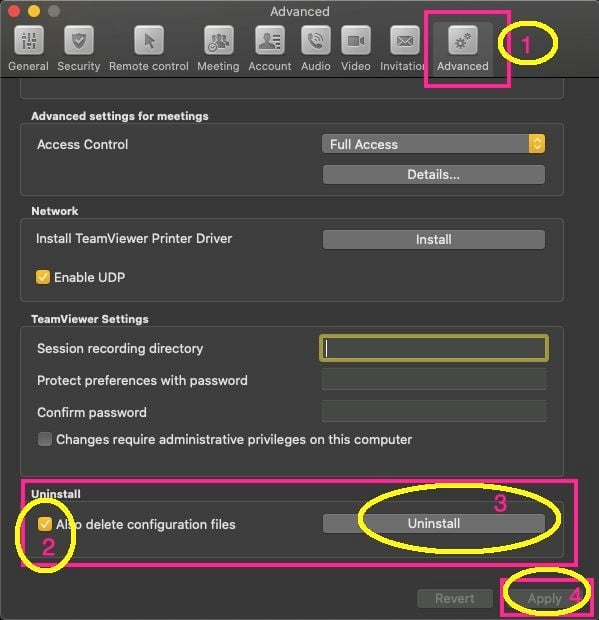
However, typing in a Finder folder merely selects an item it doesn’t hide other items in that folder, showing only the apps with the letters you type. As with Spotlight and Launchpad, you can type letters to access your apps. It’s not that hard to get to that folder in the Finder, just press Command-Shift-A. When you invoke Launchpad, the Search field is selected.Īnother way to launch apps from the keyboard is to do so in the Applications folder. If not, use the arrow keys to select it, and then press Return. If it is the first app selected, press Return to launch it. Type the first couple of characters of the name of the app you want to launch. That Search field has focus when you start typing the characters automatically get entered into that field. You’ll see some of your app icons with a Search field above them.

To invoke Launchpad, press F4 on newer Apple keyboards (older Apple keyboards use F4 to launch Dashboard) on a Trackpad, use a pinching motion with your thumb and three fingers. Questions? Comments? Have a fix? Post them below orīe sure to check us out on Twitter and the CNET Mac forums.Launchpad presents your apps with big icons on your screen, laid out in a similar way to iOS app icons on an iPad. This should not affect the program itself, but depending on GateKeeper security settings for your system you may need to right-click the program so an exception can be made and it will be allowed to run.
#Teamviewer app for mac adds duplicate icon in dock on startup code#
Therefore, reserve this for programs that either run as menu extras, background services, or helpers such as applescript applications.ĭo keep in mind that editing a file in the program package will break any code signatures associated with it. If you do this for a word processing program like Pages, then after launching it, you will find switching back and forth between it and other programs to be a daunting if not impossible task. While this can be useful for programs like An圜onnect, it should not be done arbitrarily for any program. In the case of Cisco An圜onnect, the program will open, show its menu extra, and function normally in all intended ways, but not clutter the Dock. Now save and close the file, and when you next launch the program it will not show up in the Dock. If the search reveals nothing, then insert the two key-and-value lines at the bottom of the file, just above the closing "" tag, so the file looks like the following: Add these two lines at this location in the ist file, and the system will no longer reveal the program in the Dock when opened. If found, then change the value for this key to "true," as shown above, and save and close the file. To do this, open the file in a text editor (Apple's TextEdit will work, but I recommend TextWrangler), and then search for the term "LSUIElement" using standard find functions. As with all property lists, this file is organized in a key-and-value structure, so to instruct the system to prevent the program from displaying in the Dock, we simply need to add the following key and value to this file: In here, locate the file called "ist" which is a small text file in Apple's Property List XML format.

To get to this file, simply right-click the program in the Finder and choose "Show Package Contents," followed by opening the "Contents" folder in the window that appears.

This file is a small settings file within the application itself, which holds information such as the program's current version, minimum OS requirements, and the type of application, among many other details. Luckily, there is a way to do so.īy default any packaged application bundle (files that end with ".app" as the suffix) in OS X will be represented in the Dock when opened, but developers have the option of preventing this by including a small bit of information in the program's information property list. In this and similar cases, it would be beneficial to have the program run, but not be represented in the Dock. The ist file is located within the Contents folder in the application package, and can be opened with TextWrangler or any text editor. The program does try to hide when the VPN is connected, but the Dock icon will remain as long as the program is open, and may be a bit of a clutter. For instance, if you are required to use Cisco's An圜onnect VPN software, then you may find that it runs as a menu extra but also has a Dock icon. This is the case with other programs that are intended to run as background helpers, or as menu extras, but sometimes this is not the case. For example, Dropbox is managed solely in the menu bar, so having a Dock icon will add no benefit and will only clutter the Dock. The OS X Dock offers a quick and convenient way to launch programs and manage ones that are currently open however, there are times when a program you are using doesn't have any purpose in being presented in the Dock.


 0 kommentar(er)
0 kommentar(er)
